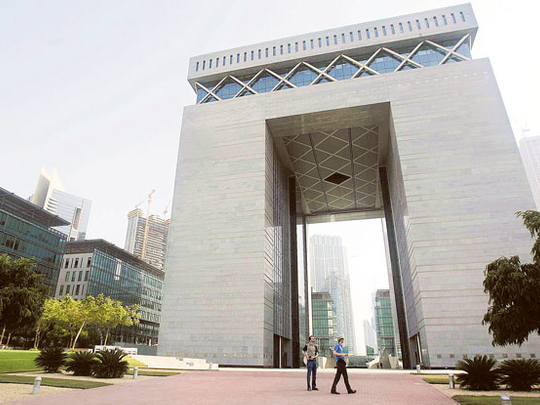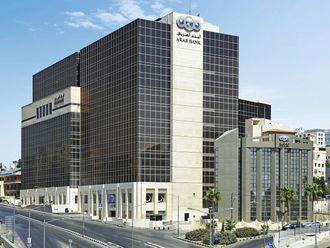
Dubai: The UAE has emerged a huge beneficiary of inflows of private capital into the and within the GCC region according to the fifth annual Invesco Middle East Asset Management Study.
The study showed UAE saw total private capital inflows of 81 per cent on a net respondent view basis in 2014, compared to 52 per cent last year. Over half (58 per cent) of this capital was seen to be coming from emerging markets, including Russia and Africa. In comparison most other countries in the GCC witnessed net outflow.
Interviews conducted among over 100 industry participants within the main retail segments, including private banks, retail banks and independent financial advisers (IFAs), confirmed the growing perception of the UAE as a perceived safe haven for private capital.
The 2012 study identified the flow of assets from Middle East and North Africa (MENA) into the UAE as a result of the Arab Spring, and this year’s study cements this observation as the UAE continues to be a beneficiary of capital flows driven by political instability in other regions.
In this year’s study more respondents cited assets going to or via the UAE in 2014, compared to 2013 when it we observed relatively limited private capital flow between GCC regions. This year’s study shows the capital flows from Oman, Kuwait and Bahrain routed to or via the UAE all increased in 2014.
Crimean crisis
Among the most notable large inflows of private capital into the UAE are those coming from Russia and the surrounding CIS (Commonwealth of Independent States). While there have always been links between Russia and the GCC, this year respondents cited an increase in Russian/CIS assets flowing into the region from 10 per cent in 2013 to 17 per cent in 2014. This was primarily due to the Crimean Crisis.
However, respondents also highlighted the relative risk of a short term reversal of Russian assets if the region stabilises, compared to MENA assets. Whilst the Arab Spring saw expatriate assets and investors moving to the UAE, Russian investors have not relocated and can more easily withdraw their UAE assets at short notice.
While geopolitics were identified as a major factor driving capital inflows into the UAE, on the whole, local investment opportunities have now overtaken political stability as the most frequently cited driver of private capital flow.
“Our study shows that political stability is a hugely important factor in driving the direction of private capital flow, and the UAE is clearly considered a “safe haven” amid geopolitical upheavals in the region and beyond,” said Nick Tolchard, Head of Invesco Middle East.
This year, 33 per cent of respondents identified local investment opportunities as the most important factor driving capital (figure 2 — below), compared to 29% in 2013, with the reverse change in the number of respondents citing political stability as the main driver. Qualitative feedback supported the view that the UAE offers more attractive investment opportunities in 2014 and that the local regulatory environment (including the DIFC) was improving its reputation.
“Beyond short term trends, there are strong structural reasons for choosing the UAE as a financial centre, partly due to improving reputation of the local regulatory environment such as the DIFC. The fact that many respondents attributed capital inflows to local investment opportunities shows that the UAE is becoming an increasingly attractive investment destination in its own right,” said Tolchard.












